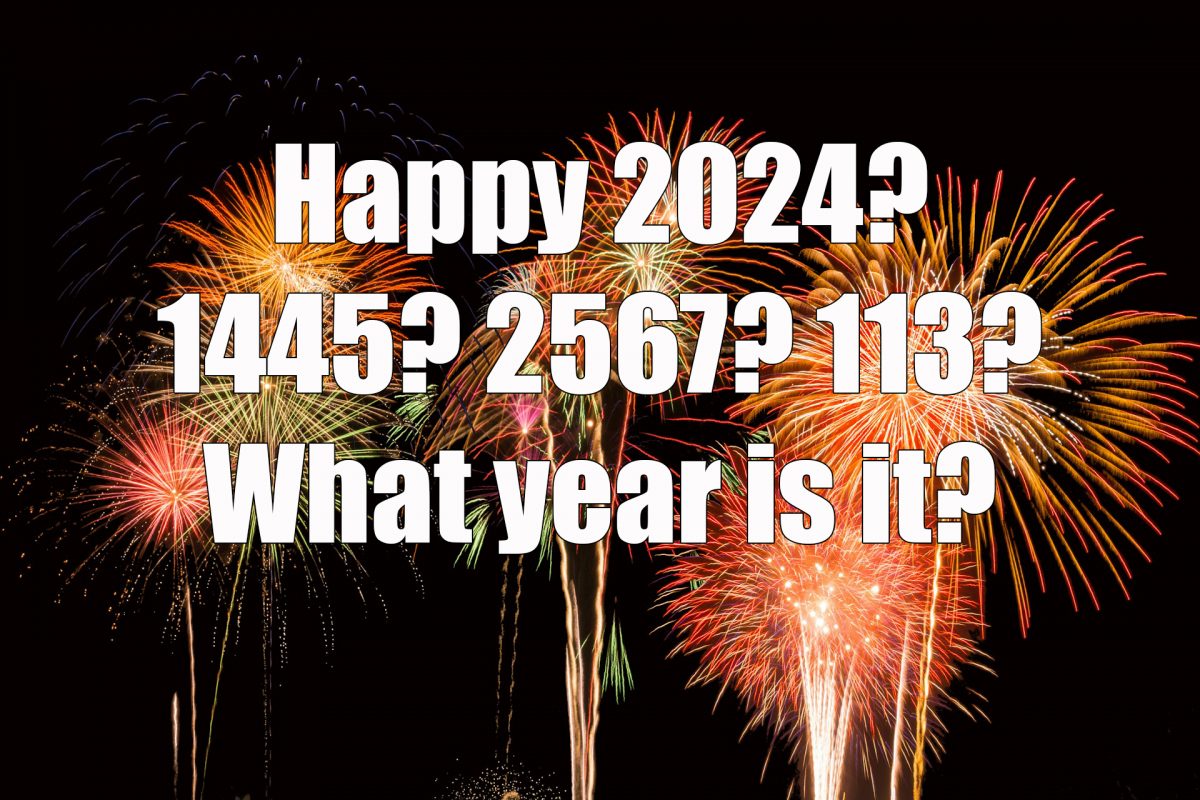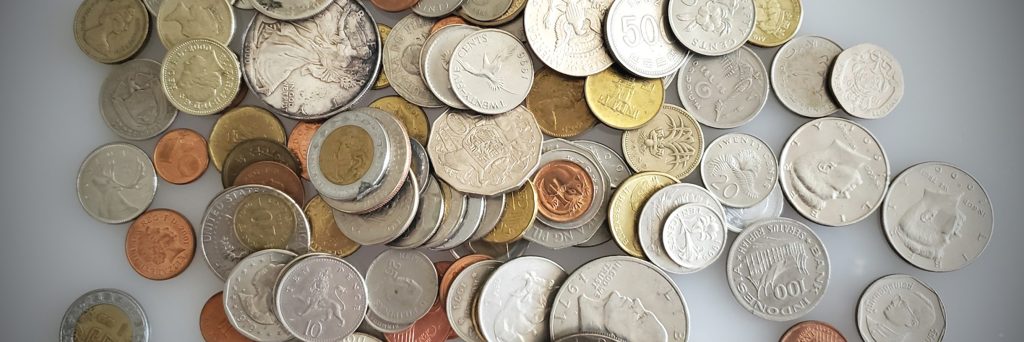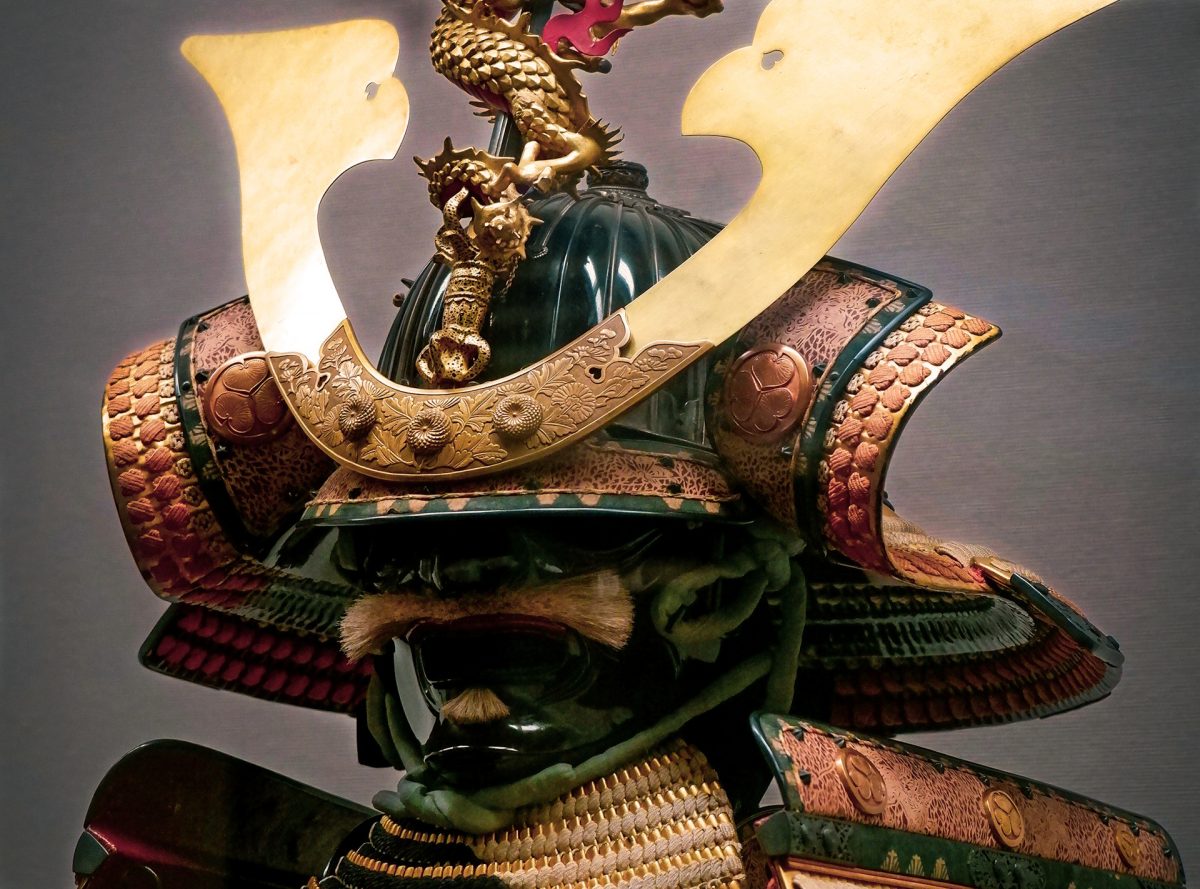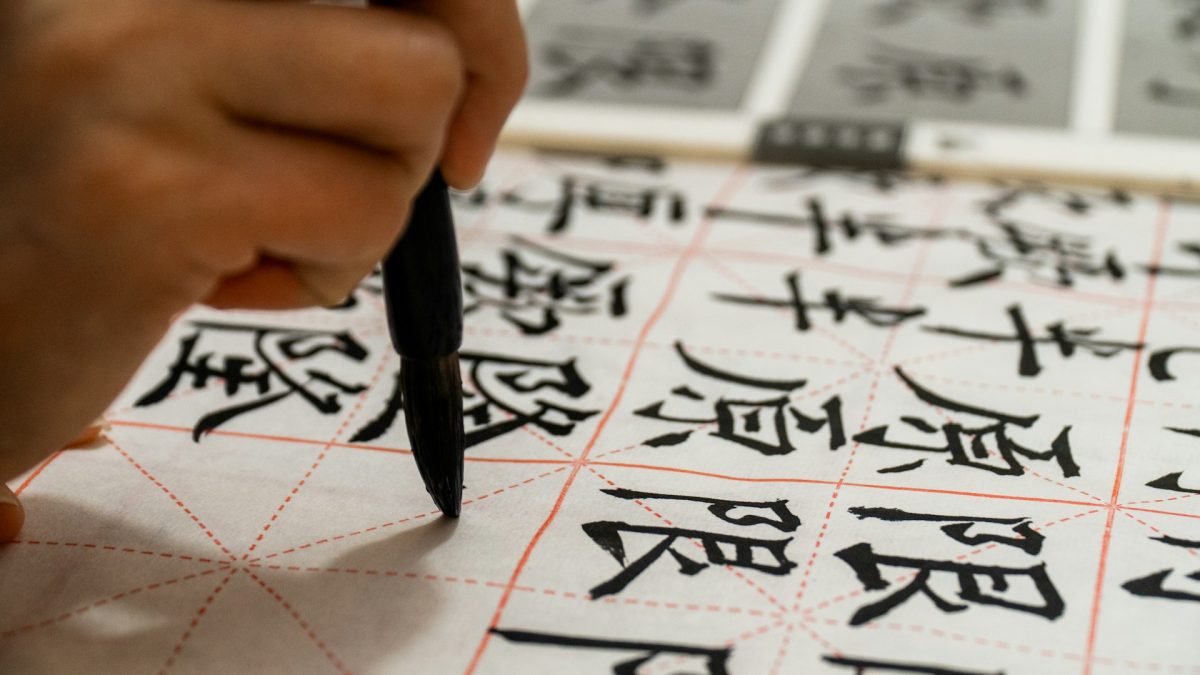
(*Linked or embedded content may have been removed or be unavailable.)
Whether you call it 2024 AD (Anno Domini) or 2024 CE (Common Era), it’s all 2024, right? Same difference? Well, yes and no. True, the year 2024 is 2024 whether you label it AD or CE. But as many of you may (or may not) already know, the year we are currently in is not 2024 all over the world. Depending on where in the world you are, the year may be 1445, 2567, 113, 2016, 5784, or even 6, instead of or in addition to 2024. And the timing of your New Year’s celebration may come in January, October, or somewhere in between. Read on to learn more.
First, a little side story. My relationship with these various different types of calendar years began in grade school when I traded parts of my lunch with a fellow student for some exotic looking coins. During the course of a month or so, I collected about a dozen coins from faraway places that I could only imagine visiting someday. Of course, my parents found out, and after a long talk about my practice of sacrificing nutrition for non-essential goods, my father pulled out some coins of his own. That’s when my hobby of numismatics (a fancy term for coin collecting) began.

As we looked closely at the coins for clues as to their origin, we were stumped by some that were impossible to read. Information was not at our fingertips, as it was still a pre-internet world. And the years on some of them seemed unrealistically way off. It wasn’t until much later that such coins connected with the real world that existed around me. Fast-forward to today.
Contents
Europe & The Americas
Let’s start with the easy part. Based on a long tradition of both Christianity and secularism, Europe and the Americas use the Gregorian calendar and count the years from year 1 starting 2024 years ago. While coins themselves have existed from way back around 700 BCE/BC, the practice of making coins with the specific year of minting didn’t become widespread until 16th century Europe, starting with countries like England during the reign of Edward VI (1547-1553). This coincided with the development of coinage technology and a rise in literacy, making dates more practical and impactful.
During the 17th and 18th centuries, the practice spread gradually across Europe and other parts of the world, becoming the standard for most newly minted coins. Today, nearly all circulating coins worldwide display the year of minting.
Collectors of coins from Europe as well as North and South America will have little difficulty knowing on what year a coin was struck, unless the coin is from a more ancient period.
The Islamic World
Since July 19, 2023 CE, the current Islamic year is 1445 AH (short for “Anno Hegirae,” which means “in the year of the Hijra”). Or to put it another way, 1445 AH runs from July 19, 2023 to approximately July 7, 2024 CE.
So, what’s the situation with the coins of the region? While the AH system is widely used throughout the Muslim world, its exclusive usage on coins is surprisingly limited. Tunisia currently uses only CE notation, while Qatar, Oman, Morocco and Algeria display AH and CE side-by-side. Pan eastward and the official date used on Indonesian coins since the adoption of the Rupiah currency in 1946 has been the CE year, and Malaysia likewise uses CE dating on their coinage.
The best bet on finding AH years displayed dominantly on coins would be to look for the Saudi Riyal and Iranian Rial. But keep in mind, the so-called ‘Arabic numerals’ that the western world uses bear little resemblance to the real Arabic numerals featured on the Riyal and Rial.
Why don’t more countries use AH years on their coins? The reason is pragmatic. CE provides a universally recognized standard for financial transactions and trade, making it advantageous for most countries to use it on their coinage. And since converting AH to CE can be slightly complex due to the lunar nature of the Hijri calendar, adopting CE as a standard (like the metric system) was a smart way to avoid potential challenges for daily financial activities. So, although the AH system holds immense cultural and religious significance in the Muslim world, its direct presence on coins is rather limited.
China & East Asia
China officially adopted the Gregorian calendar in 1912 with the overthrow of the Qing dynasty and establishment of a republic. But for purposes of tradition, the country uses its older lunar calendar and celebrates the Lunar New Year usually between late January and mid-February (although the year officially changes on January 1st). Lunar New Year (a.k.a. Chinese New Year) is also celebrated primarily in East and Southeast Asia, in countries like Vietnam, Korea, Singapore, and Malaysia, in addition to China.
Currently the coins issued by the Chinese government feature the CE year. If you have a Chinese coin without a CE year on it, it may be from a pre-republic dynasty era. Other Asian countries that also display the CE year on their coins include India, Pakistan, Korea, Indonesia, Malaysia, Cambodia, Laos, Myanmar, the Philippines, Singapore, Vietnam, and more.
Japan
Japan uses the Gregorian calendar and celebrates New Year’s on January 1st, but the simplicity ends there. The country also uses a combination of CE and Japanese Era in both daily life and official documents, meaning that the year 2024 is also the 6th year of the Reiwa era (令和六年). Coins are minted with kanji characters for the era (明治, 大正, 昭和, 平成, 令和) and either numeric 1-9 (on 500, 100 and 50 yen coins) or kanji characters (on 10, 5 and 1 yen coins) to denote the year of minting. What’s more, while the 1, 10, 50, 100 and 500 yen coins all showcase their respective denomination values on the coin in plain numerics, the 5 yen coin is a lone outlier that displays its value only as 五円 in kanji. All of these quirks combined provide a challenge to foreign tourists and budding coin enthusiasts alike.
Other Calendars & Dating Systems
・Thailand mints coins featuring the BE (Buddhist Era) year, which is 543 years ahead of CE, so 2024 would be 2567 instead.
・On a coin minted on the island of Taiwan in 2024, you would see the year 113 because it’s been 113 years since their republic was established in 1912.
・In the Hebrew calendar, the current year is 5783 before September 19, and 5784 on or after September 19. Israeli coins such as the Sheqalim will show this number, although it will be in Hebrew text.
・Hindu New Year is celebrated in India and Nepal, and falls on a different date each year according to the lunisolar calendar, usually sometime in March or April.
・The Ethiopian calendar consists of 13 months (12 months of 30 days each and a 13th month consisting of 5 days, or 6 days if it’s a leap year) so, naturally there is discrepancy between Ethiopian and Gregorian dates. The year is also offset by approximately 8, so 2024 CE would appear as 2016 on an Ethiopian calendar or coin.
As you can see, the world is filled with diversity and discovery, even when it comes to coins and calendars. And since to err is human, there may be some points that we failed to cover in this post. Be that as it may, we hope that you will have a wonderful new year ahead, wherever you may be, whichever year you will be in. If localization for a global audience is in your future, be sure to keep in mind the unique circumstances of each locality.
Douglass McGowan






